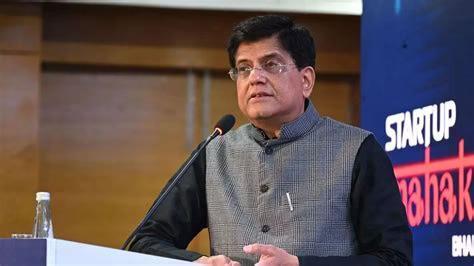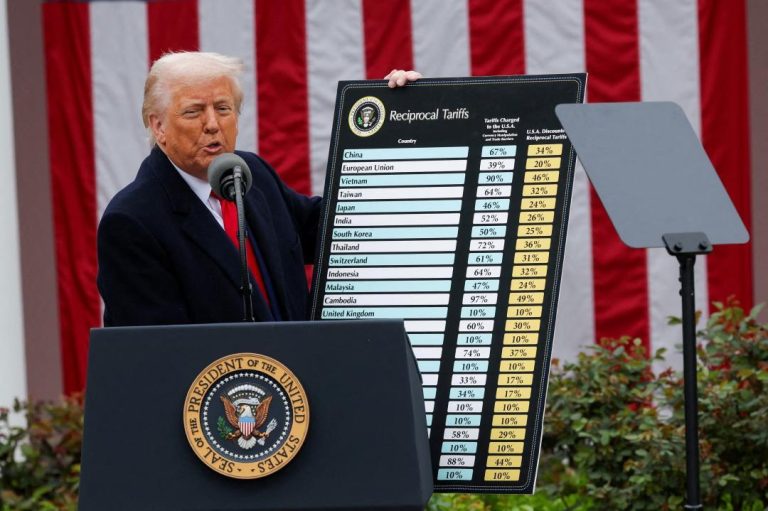
Indian Brands Go Global: Competing on Design & Quality
The winds of change are sweeping across the global business landscape, and Indian brands are at the forefront of this transformation. Gone are the days when Indian companies were merely focused on attracting foreign brands to set up shop in the country. Today, India is exporting its own brands, backed by a strong manufacturing base and strategic marketing prowess. This shift in perception has enabled Indian businesses to build brand equity abroad, establishing themselves as serious global contenders in various industries.
A recent report by Dheeraj Sinha, CEO of FCB India, highlights the growing competitiveness of Indian brands globally. According to Sinha, Indian brands are winning on three key dimensions – design, quality, and competitiveness. This trifecta of strengths has enabled Indian brands to carve out a niche for themselves in the global market, disrupting traditional power structures and challenging long-established brands.
Design as a Differentiator
One of the key factors contributing to Indian brands’ success is their focus on design. Gone are the days when Indian products were known for their utilitarian, functional design. Today, Indian brands are investing heavily in design, creating products that are not only functional but also aesthetically pleasing and innovative. This design-led approach has enabled Indian brands to stand out in a crowded global market, where conformity often prevails.
Take, for instance, the Indian fashion brand, Rohit Bal. Known for its exquisite designs and attention to detail, Rohit Bal has established a strong presence in the global fashion industry, with its products being sold in over 20 countries. Similarly, the Indian jewelry brand, Tanishq, has gained a global following for its intricate designs and high-quality craftsmanship.
Quality as a Commitment
Another critical factor driving Indian brands’ success is their commitment to quality. Indian companies are no longer content with simply meeting quality standards; they are striving to exceed them. This focus on quality has enabled Indian brands to establish a reputation for excellence, both domestically and globally.
The Indian company, HUL (Hindustan Unilever Limited), is a prime example of this commitment to quality. With a presence in over 100 countries, HUL has built a reputation for producing high-quality consumer goods, including food, personal care, and home care products. Similarly, the Indian automobile brand, Tata Motors, has established a strong presence in the global market, with its vehicles being known for their durability and reliability.
Competitiveness as a Catalyst
Finally, Indian brands’ competitiveness is driving their success in the global market. Indian companies are no longer content with simply surviving; they are striving to thrive. This competitive spirit has enabled Indian brands to innovate, adapt, and evolve, staying ahead of the curve and disrupting traditional power structures.
The Indian e-commerce company, Flipkart, is a prime example of this competitiveness. Founded in 2007, Flipkart has grown to become one of the largest e-commerce companies in India, with a presence in over 100 cities. Its competitive pricing, innovative logistics, and user-friendly interface have enabled Flipkart to establish a strong presence in the global e-commerce market.
Case Studies
Several Indian brands have successfully leveraged design, quality, and competitiveness to establish themselves as global players. Here are a few case studies:
- ITC Foods: ITC Foods, a subsidiary of the Indian conglomerate, ITC Limited, has successfully leveraged its design and quality expertise to establish a strong presence in the global food market. Its popular brands, such as Sunfeast and Bingo, are known for their innovative flavors and high-quality ingredients.
- Asian Paints: Asian Paints, an Indian paint manufacturer, has established a strong presence in the global market, with its products being sold in over 20 countries. Its focus on design, quality, and competitiveness has enabled Asian Paints to challenge traditional global players in the paint industry.
- Wipro: Wipro, an Indian technology company, has successfully leveraged its design and quality expertise to establish a strong presence in the global technology market. Its popular brands, such as Wipro Lighting and Wipro Consumer Care, are known for their innovative products and high-quality services.
Conclusion
In conclusion, Indian brands are going global, competing on design, quality, and competitiveness. This trifecta of strengths has enabled Indian brands to establish a strong presence in the global market, challenging traditional power structures and disrupting traditional industries. As perceptions shift and global consumer preferences evolve, Indian brands are well-positioned to capitalize on these trends, establishing themselves as serious global contenders in the years to come.
News Source:






